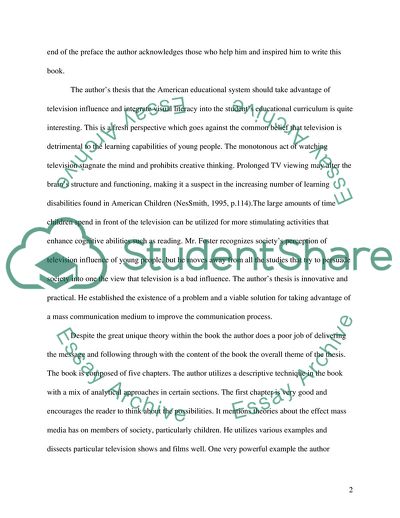Cite this document
(Analysis of the Book The New Literacy: Language of Film and Television Report/Review, n.d.)
Analysis of the Book The New Literacy: Language of Film and Television Report/Review. https://studentshare.org/media/1709306-book-review-read-a-book-of-your-choice-that-illustrates-some-aspect-of-mass-communication-television
Analysis of the Book The New Literacy: Language of Film and Television Report/Review. https://studentshare.org/media/1709306-book-review-read-a-book-of-your-choice-that-illustrates-some-aspect-of-mass-communication-television
(Analysis of the Book The New Literacy: Language of Film and Television Report/Review)
Analysis of the Book The New Literacy: Language of Film and Television Report/Review. https://studentshare.org/media/1709306-book-review-read-a-book-of-your-choice-that-illustrates-some-aspect-of-mass-communication-television.
Analysis of the Book The New Literacy: Language of Film and Television Report/Review. https://studentshare.org/media/1709306-book-review-read-a-book-of-your-choice-that-illustrates-some-aspect-of-mass-communication-television.
“Analysis of the Book The New Literacy: Language of Film and Television Report/Review”. https://studentshare.org/media/1709306-book-review-read-a-book-of-your-choice-that-illustrates-some-aspect-of-mass-communication-television.


